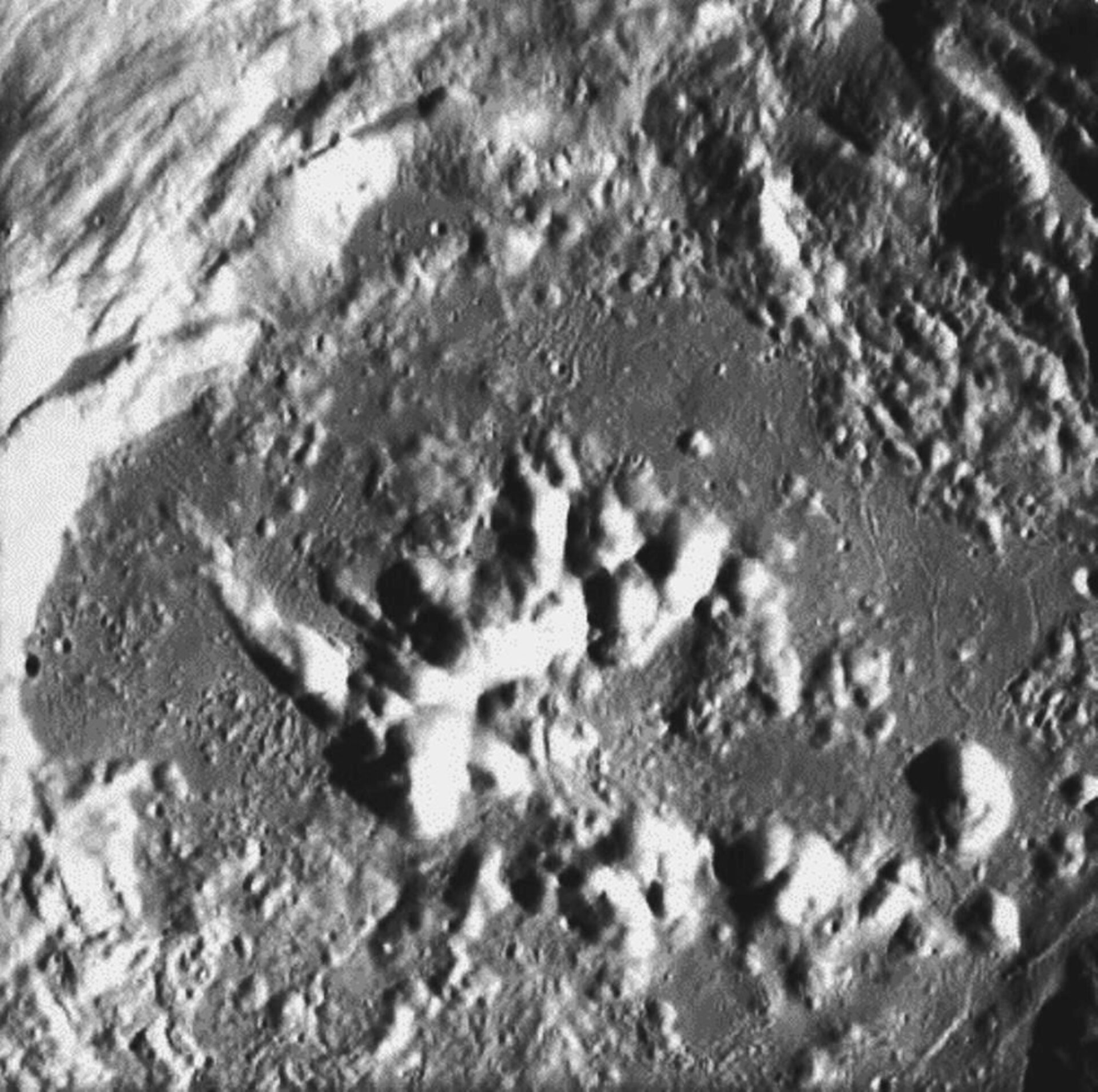Accept all cookies Accept only essential cookies See our Cookie Notice

About ESA
The European Space Agency (ESA) is Europe’s gateway to space. Its mission is to shape the development of Europe’s space capability and ensure that investment in space continues to deliver benefits to the citizens of Europe and the world.
Highlights
ESA - United space in Europe
This is ESA ESA facts Member States & Cooperating States Funding Director General Top management For Member State Delegations European vision European Space Policy ESA & EU Space Councils Responsibility & Sustainability Annual Report Calendar of meetings Corporate newsEstablishments & sites
ESA Headquarters ESA ESTEC ESA ESOC ESA ESRIN ESA EAC ESA ESAC Europe's Spaceport ESA ESEC ESA ECSAT Brussels Office Washington OfficeWorking with ESA
Business with ESA ESA Commercialisation Gateway Law at ESA Careers Cyber resilience at ESA IT at ESA Newsroom Partnerships Merchandising Licence Education Open Space Innovation Platform Integrity and Reporting Administrative Tribunal Health and SafetyMore about ESA
History ESA Historical Archives Exhibitions Publications Art & Culture ESA Merchandise Kids Diversity ESA Brand Centre ESA ChampionsLatest
Space in Member States
Find out more about space activities in our 23 Member States, and understand how ESA works together with their national agencies, institutions and organisations.
Science & Exploration
Exploring our Solar System and unlocking the secrets of the Universe
Go to topicAstronauts
Missions
Juice Euclid Webb Solar Orbiter BepiColombo Gaia ExoMars Cheops Exoplanet missions More missionsActivities
International Space Station Orion service module Gateway Concordia Caves & Pangaea BenefitsLatest
Space Safety
Protecting life and infrastructure on Earth and in orbit
Go to topicAsteroids
Asteroids and Planetary Defence Asteroid danger explained Flyeye telescope: asteroid detection Hera mission: asteroid deflection Near-Earth Object Coordination CentreSpace junk
About space debris Space debris by the numbers Space Environment Report In space refuelling, refurbishing and removingSafety from space
Clean Space ecodesign Zero Debris Technologies Space for Earth Supporting Sustainable DevelopmentApplications
Using space to benefit citizens and meet future challenges on Earth
Go to topicObserving the Earth
Observing the Earth Future EO Copernicus Meteorology Space for our climate Satellite missionsCommercialisation
ESA Commercialisation Gateway Open Space Innovation Platform Business Incubation ESA Space SolutionsLatest
Enabling & Support
Making space accessible and developing the technologies for the future
Go to topicBuilding missions
Space Engineering and Technology Test centre Laboratories Concurrent Design Facility Preparing for the future Shaping the Future Discovery and Preparation Advanced Concepts TeamSpace transportation
Space Transportation Ariane Vega Space Rider Future space transportation Boost! Europe's Spaceport Launches from Europe's Spaceport from 2012Latest

The messy peaks of Zucchius
Thank you for liking
You have already liked this page, you can only like it once!
Even to the naked eye, our Moon looks heavily cratered. The snippet of carved and pitted lunar surface shown in this image lies within a 66 km-wide crater known as Zucchius. From our perspective, Zucchius is located on the edge of the southwest limb of the Moon.
The crater’s uneven and messy appearance is a result of how it formed. Lunar craters like Zucchius were created when rocky bodies, such as, meteors and asteroids, collided with the Moon at speeds of tens of kilometres per second, smashing holes into its surface. More forceful impacts caused material to spring back upwards, a bit like a water droplet hitting a body of water. This process formed a peak in the centre of the impact crater, as shown here by the cluster of bobbly mounds.
Zucchius’s central peak and other features are quite well preserved. They are thought to have formed in the last 1.2 billion years, a time dubbed the ‘Copernican period’. This is very recent compared to the Moon’s age of 4.4 billion years.
Earth was also cratered in this way — were it not for our planet’s different conditions it would look a lot like the Moon. Plate tectonics, the atmosphere and the presence of liquid water have all contributed to changing the shape and appearance of Earth’s surface over time, eroding, covering and smoothing away surface blemishes.
This image was taken with the Advanced Moon Imaging Experiment on board ESA’s SMART-1 on 14 January 2006, as the spacecraft skimmed just 753 km above the Moon’s surface. Zucchius was named after the 17th-century Italian astronomer Niccolò Zucchi, who was involved in some of the first designs for the reflecting telescope, and who made early observations of Jupiter's belts and spots on Mars.
-
CREDIT
ESA/SMART-1/AMIE camera team/ Space Exploration Institute -
LICENCE
CC BY-SA 3.0 IGO or ESA Standard Licence
(content can be used under either licence)

SMART-1 views a cluster of the Moon’s craters

SMART-1 view of Glushko crater

Inside of Gassendi crater

A Lunar Pox















 Germany
Germany
 Austria
Austria
 Belgium
Belgium
 Denmark
Denmark
 Spain
Spain
 Estonia
Estonia
 Finland
Finland
 France
France
 Greece
Greece
 Hungary
Hungary
 Ireland
Ireland
 Italy
Italy
 Luxembourg
Luxembourg
 Norway
Norway
 The Netherlands
The Netherlands
 Poland
Poland
 Portugal
Portugal
 Czechia
Czechia
 Romania
Romania
 United Kingdom
United Kingdom
 Slovenia
Slovenia
 Sweden
Sweden
 Switzerland
Switzerland

























